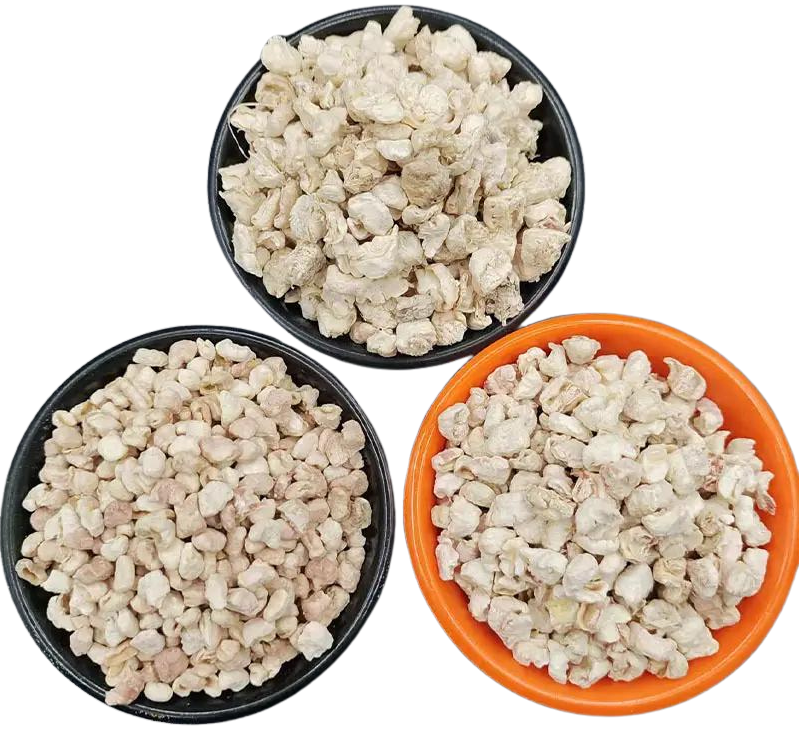
oem silica fume fly ash factory
The Role of OEM Silica Fume and Fly Ash in Modern Construction
In the ever-evolving landscape of the construction industry, the demand for innovative, sustainable materials continues to rise. A significant development in this realm is the increasing use of silica fume and fly ash as supplementary cementitious materials (SCMs). These materials not only enhance the performance of concrete but also contribute to sustainability by recycling industrial by-products. As a result, OEM (Original Equipment Manufacturer) silica fume and fly ash factories play a crucial role in meeting the growing demand for these materials in construction projects globally.
Understanding Silica Fume and Fly Ash
Silica fume is a by-product of producing silicon metal or ferrosilicon alloys. It is an ultra-fine powder composed primarily of silicon dioxide (SiO2), which can be used to replace a portion of portland cement in concrete. The addition of silica fume improves the compressive strength, durability, and longevity of concrete, making it especially valuable in high-performance applications such as bridges, dams, and high-rise buildings.
Fly ash, on the other hand, is a by-product of burning pulverized coal in electric power generating plants. Similar to silica fume, fly ash is rich in silica and can be used as a partial replacement for cement. It not only enhances the workability, strength, and durability of concrete but also reduces the environmental impact of cement production by lowering the carbon footprint associated with concrete manufacturing.
The Benefits of Using Silica Fume and Fly Ash
1. Enhanced Strength and Durability Incorporating silica fume and fly ash into concrete mixes results in superior mechanical properties. Silica fume contributes to increased compressive strength, while fly ash improves long-term strength and reduces permeability. This leads to concrete that withstands harsh environmental conditions, extending the lifespan of structures significantly.
2. Sustainability Both silica fume and fly ash are by-products of industrial processes, making their use an environmentally friendly option. By utilizing these materials, the construction industry can reduce the amount of waste sent to landfills, decrease the consumption of natural resources for cement production, and lower greenhouse gas emissions associated with cement manufacturing. This aligns with global efforts to promote sustainable construction practices.
oem silica fume fly ash factory

3. Improved Workability Fly ash, in particular, enhances the workability of concrete mixtures. Its spherical particles help improve flowability, making it easier to place and finish concrete. This can be especially beneficial on large projects where time and labor costs are significant factors.
4. Cost-Effectiveness Using silica fume and fly ash can reduce the overall cost of concrete production. By replacing a portion of cement with these materials, contractors can achieve the desired strength and durability without significantly increasing costs. Additionally, the long-term benefits of increased longevity and reduced maintenance can lead to substantial savings over the lifecycle of a structure.
The Role of OEM Factories in Production
The production of silica fume and fly ash plays a pivotal role in making these valuable materials readily available for the construction industry. OEM factories are at the forefront of this production, ensuring that high-quality products meet the specific needs and standards set by construction projects. These factories implement advanced technologies and stringent quality control measures to produce silica fume and fly ash that conform to various industry specifications.
Moreover, OEM factories are instrumental in managing the logistics of supply, ensuring that these materials are available where and when they are needed. Their ability to produce tailored blends of silica fume and fly ash allows contractors to optimize their concrete mixes for specific applications, further enhancing the performance of the final product.
Conclusion
The integration of OEM silica fume and fly ash into construction practices represents a significant step toward a more sustainable and efficient industry. By leveraging these materials, construction professionals can deliver high-performance concrete that meets modern demands while minimizing environmental impact. As the construction sector continues to evolve, the importance of these materials and the OEM factories that produce them will only grow, paving the way for innovative solutions in building and infrastructure development. Embracing these advancements is essential for a resilient and sustainable future.
Share
-
Premium Pigment Supplier Custom Solutions & Bulk OrdersNewsMay.30,2025
-
Top China Slag Fly Ash Manufacturer OEM Factory SolutionsNewsMay.30,2025
-
Natural Lava Rock & Pumice for Landscaping Durable Volcanic SolutionsNewsMay.30,2025
-
Custom Micro Silica Fume Powder Manufacturers High-Purity SolutionsNewsMay.29,2025
-
Custom Mica Powder Pigment Manufacturers Vibrant Colors & Bulk OrdersNewsMay.29,2025
-
Custom Micro Silica Fume Powder Manufacturers Premium QualityNewsMay.29,2025






